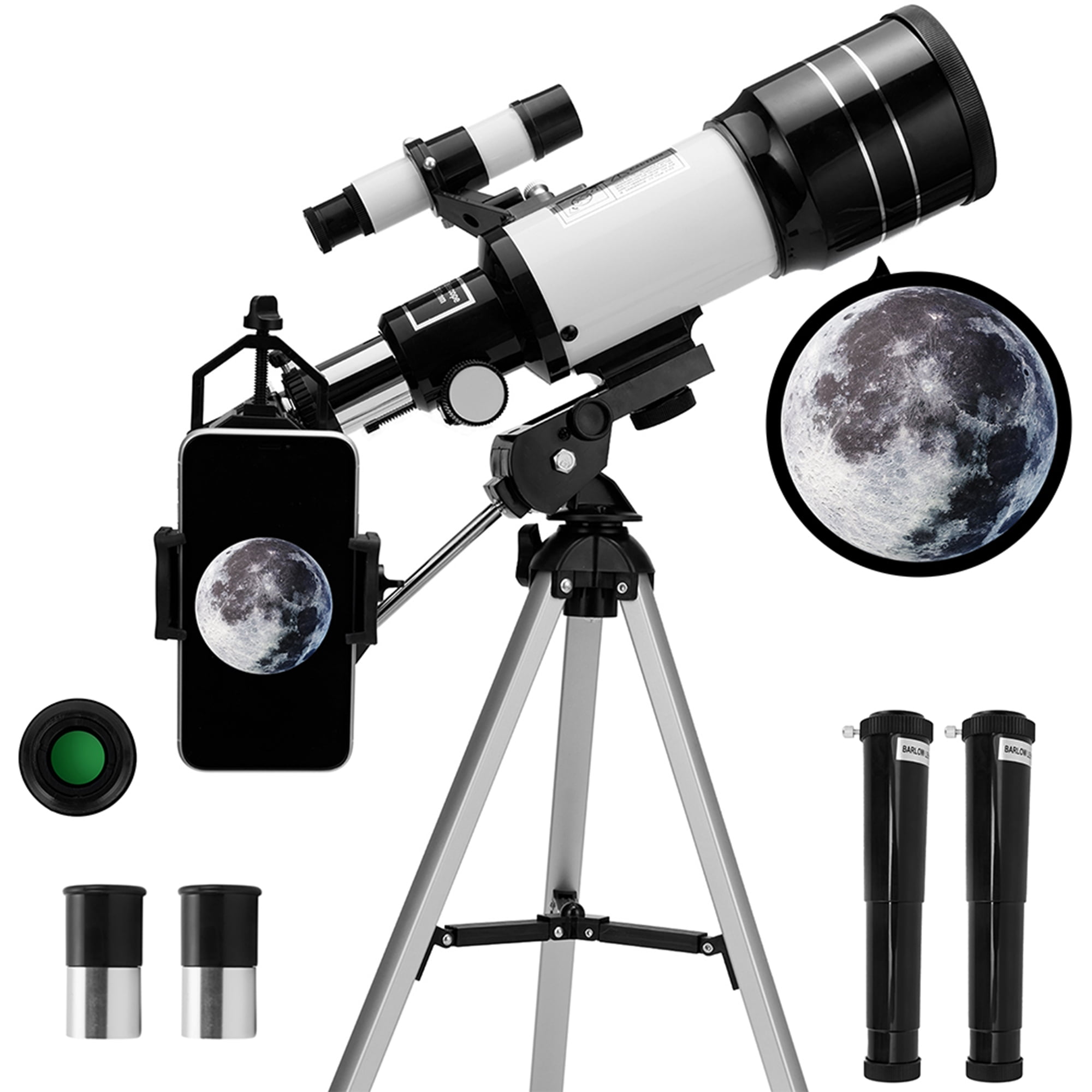

Launch Vehicle: an Ariane 5 with the cryogenic upper stage provided in the single launch configuration, with a long payload fairing providing a maximum 4.57 meter static diameter and useable length of 16.19 meters.Ģ. The Launch Segment has 3 primary components:ġ. The surface of the Earth at the equator is moving at 1670 km/hr. It is beneficial for launch sites to be located near the equator - the spin of the Earth can help give an additional push. Webb was launched from Arianespace's ELA-3 launch complex at Europe's Spaceport located near Kourou, French Guiana. Read more about why the Ariane 5 was chosen. The Ariane 5 is one of the world's most reliable launch vehicles and was chosen for a combination of reliability (it was the only launch vehicle that met NASA's requirements for launching a mission like Webb) and for the value it brought via our international partnership. The launch vehicle and launch site were part of the European Space Agency's contribution to the mission. The James Webb Space Telescope was launched on an Ariane 5 rocket. Webb will work together with Hubble, Chandra, and other observatories to uncover more about the history and future of this famous supernova.Webb was launched on an ArianeSpace Ariane 5 Launch Vehicle on December 25, 2021. Its NIRSpec (Near-Infrared Spectrograph) and MIRI (Mid-Infrared Instrument) can provide astronomers with fresh, detailed infrared data as time passes, helping us learn more about the newly spotted crescent shapes. Like Spitzer, Webb will keep studying the supernova over time. The James Webb Space Telescope’s ongoing investigationĭespite many years of studies since the first discovery of the supernova, there are several mysteries unsolved, especially regarding the neutron star that was expected to form after the explosion. However, it couldn’t match Webb’s ability to observe the supernova with precision and detail. Before Webb, the retired Spitzer telescope, which observed this supernova in infrared over its entire existence, provided valuable data on how its emissions changed over time. The high resolution of these images is also noteworthy. Their brightness could indicate limb brightening, which occurs when expanding materials are viewed differently, making it seem like there’s more material in these two crescents than there is.

These crescents are considered part of the outer layers of gas expelled during the supernova explosion. While NASA’s Hubble and Spitzer Space Telescopes have previously observed these formations to varying extents, Webb’s extraordinary sensitivity and detailed imagery have unveiled a new aspect of this supernova’s aftermath-small crescent-like structures. These are the locations of supernova shocks hitting more exterior material. Now, spots beyond the ring are surrounded by faint emissions. These hot spots appear as the supernova’s shock wave hits the ring. The equatorial ring, made up of material expelled tens of thousands of years before the supernova explosion, holds bright hot spots. The dust is incredibly thick, blocking even the near-infrared light detected by Webb, which creates the dark “hole” within the keyhole shape.Ī bright, equatorial ring surrounds the inner keyhole, creating a band around the waist that links two faint arms resembling an hourglass in the outer rings. The centre is concentrated with clumpy gas and dust from the supernova explosion. The image reveals a central formation resembling a keyhole. New observations by the JWST NIRCam (Near-Infrared Camera) offer valuable insights into how supernova evolves to create its remnants. The Supernova has been closely observed for almost 40 years, using various wavelengths from gamma rays to radio waves, ever since its discovery in February 1987. Image: | iStock James Webb’s Space Telescope (JWST) is now studying one of the most renowned supernovae, SN 1987A (Supernova 1987A), located 168,000 light-years away in the Large Magellanic Cloud


 0 kommentar(er)
0 kommentar(er)
